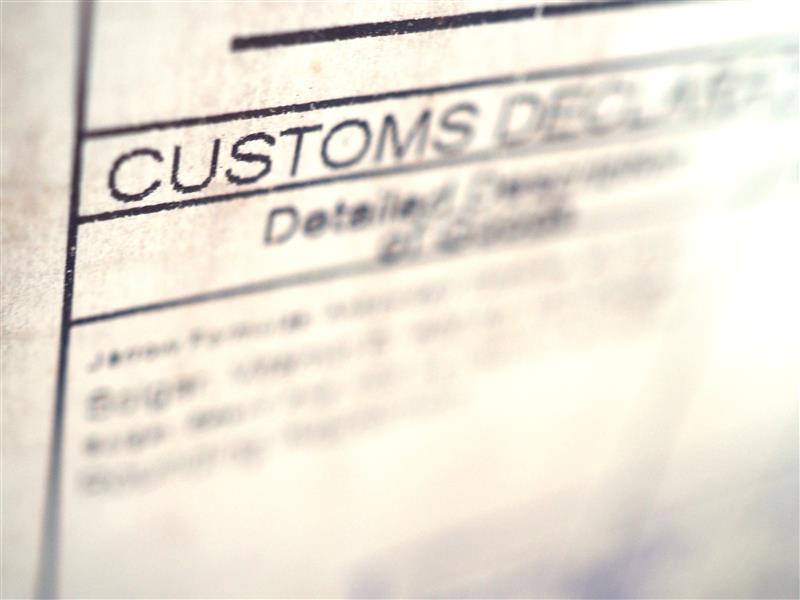SECTION 321 TYPE 86 SHIPMENTS
Customs and Border Protection (CBP) has identified areas for improvement in the management of low-value shipments under Section 321. The Notice of Proposed Rulemaking (NPRM) published on January 14, 2025 outlines significant changes to the de minimis shipment process, specifically impacting Type 86 entries.
“We see illicit drugs, dangerous toys, fake medicines, and other counterfeit goods shipped direct to American homes impacting the lives of our neighbors, friends, and families. This proposed rule will help to give us some of the tools we need to address more of these threats.”
Pete R. Flores | CBP Senior Official Performing the Duties of the Commissioner
Introduced in 2019, Type 86 was designed to simplify the importation of goods valued under $800 by waiving formal entry requirements and duty obligations. However, with the increase in de minimis shipments, CBP has raised concerns about the adequacy of oversight and security for these shipments, prompting the need for a more comprehensive approach
PROPOSED CHANGES TO SECTION 321 TYPE 86
While the basic clearance process will remain available for shipments under $800, CBP now proposes an enhanced entry process for greater scrutiny and compliance for Type 86 shipments.

Key modifications include:
Increased Data Requirements: CBP is mandating a more detailed entry process, requiring data such as HTS codes, product descriptions, and other specific information.
Changes to Duty-Free Privileges: Duty-free eligibility will now be discretionary, leaving importers with greater uncertainty about their shipments’ status.
Elimination of Shipment Splitting: Importers will no longer be able to divide shipments across different consignees to stay under the $800 threshold.
Stricter Mail Shipment Regulations: All mail shipments will now be required to go through the enhanced entry process, increasing complexity and the potential for delays.
These modifications aim to enhance import safety and improve CBP’s ability to intercept illicit or unsafe goods entering the U.S. However, they also introduce new challenges for importers who will need to adjust their systems and processes to meet the enhanced data collection requirements. The proposed rule remains open for public comment until March 17, 2025, after which, additional updates are expected.
Stay up-to-date on freight news with Green’s Weekly Freight Market Update by following us on LinkedIn. For continuous updates, make sure to check out our website at greenworldwide.com.






